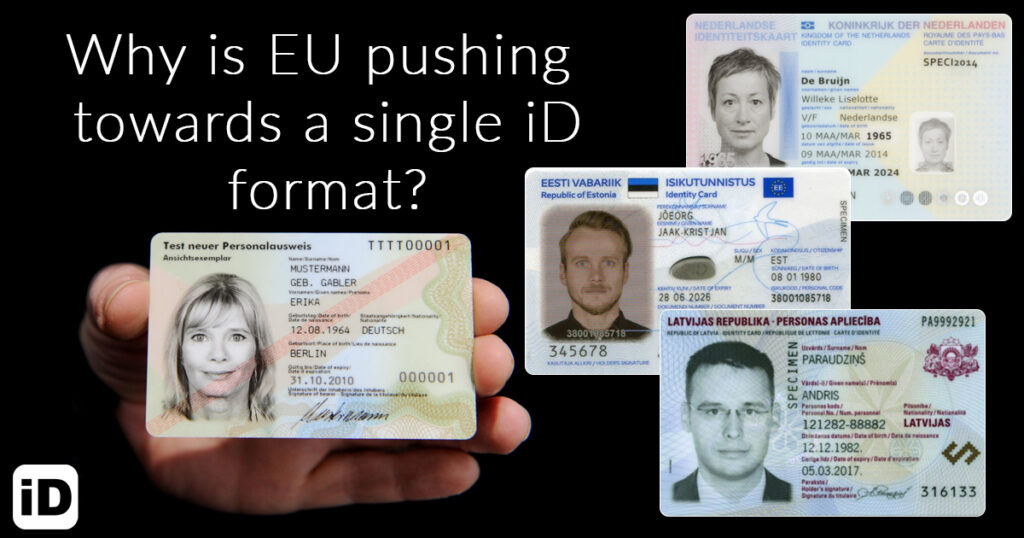
All European Union member states will be harmonizing both the design and security features of national identity cards. The new regulations involve stronger data protection measures designed to prevent the collected information from falling into the wrong hands.
Specifically, authorities must ensure that the contactless digital chip isn’t hacked or accessed unless permission has been granted. In terms of aesthetics, the most noticeable change comes in the form of the EU logo which is present on the front of each card.
You Don’t Need to Replace Your Existing Card
All national identity cards are still valid until expiry. Expiry dates differ depending on when you first obtained your card, and you can find this date printed on the ID card itself. The bottom line is that it isn’t necessary to replace your existing card with the new design. Instead, you can simply wait for your card to expire before getting the new one.
Phasing Out of Older ID Cards
The new card comes with new regulations which will take effect two years after the decision has been adopted (2 August 2021). In other words, by this time all new ID cards should comply with the new requirements.
However (as mentioned above) existing ID cards which don’t meet the new requirements will still be valid for ten years after the application date, or until they have expired, depending on whichever occurs first.
Identity cards that are issued to citizens aged 70 and above also remain valid until expiry, so long as they have met the required minimum security standards including a machine-readable section. Member states are permitted to issue cards that are valid for longer than 10 years to those above the age of 70.
Cards that do not meet the minimum security standards will expire sooner (within 5 years). Identity cards for minors on the other hand, could be valid for less than 5 years. However most of the time you can expect the new cards to be valid for between 5 and 10 years.
Security Standards for the New ID Cards
With the new regulations, ID cards must be produced in a harmonized credit card format and include a machine readable section. They must also comply with the minimum security standards laid out by the International Civil Aviation Organization (ICAO).
The new cards must include an identity photo, as well as two of the card holder’s fingerprints, which will be stored digitally on a contactless chip. The national identity cards will reflect a country code applicable to the member state who issued them, within an EU flag.
Prepare a valid photo for your EU Identity card application using only your smartphone. Your photo goes through a double quality check and then is sent to your email. It’s convenient, faster and more affordable than a photo booth. If your photo is not accepted by the authorities, you can get your money back guaranteed.




